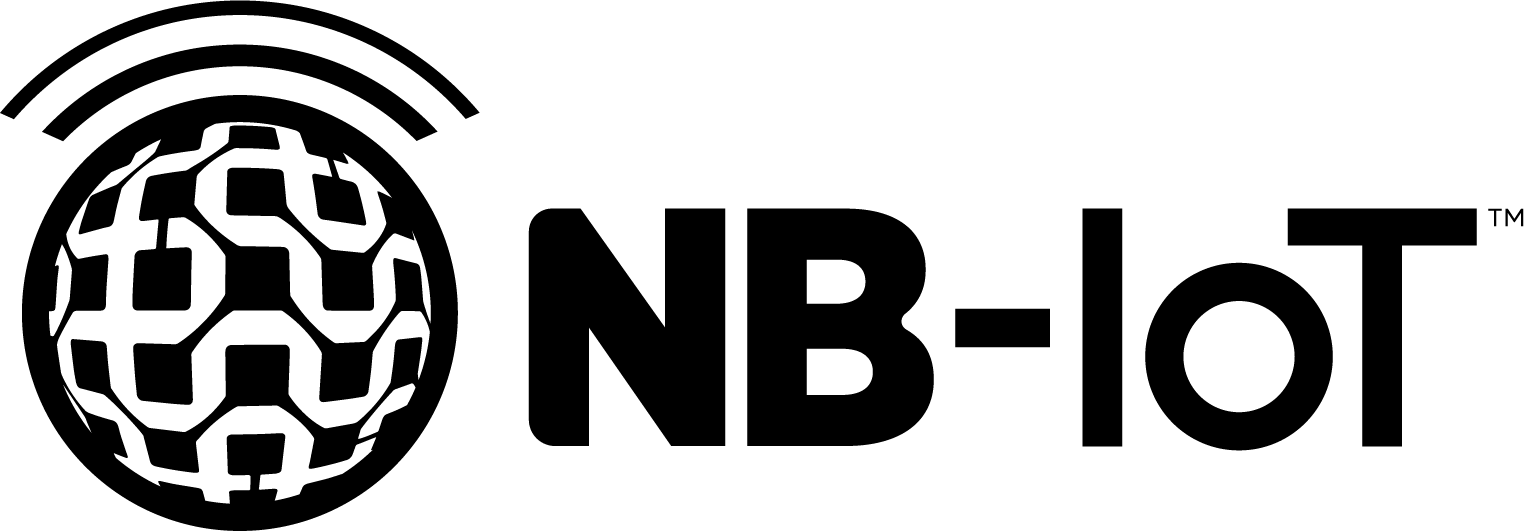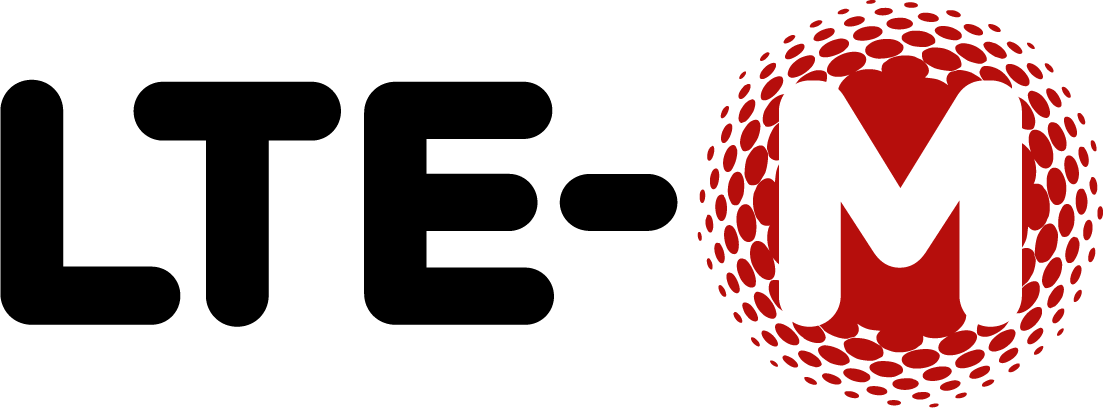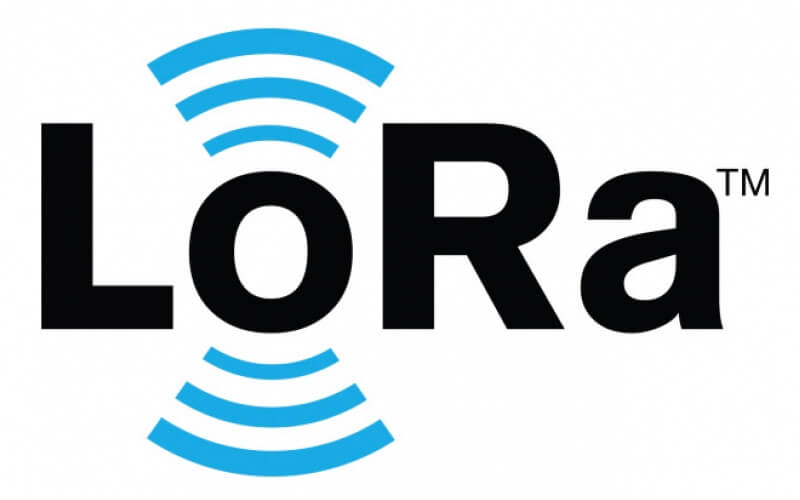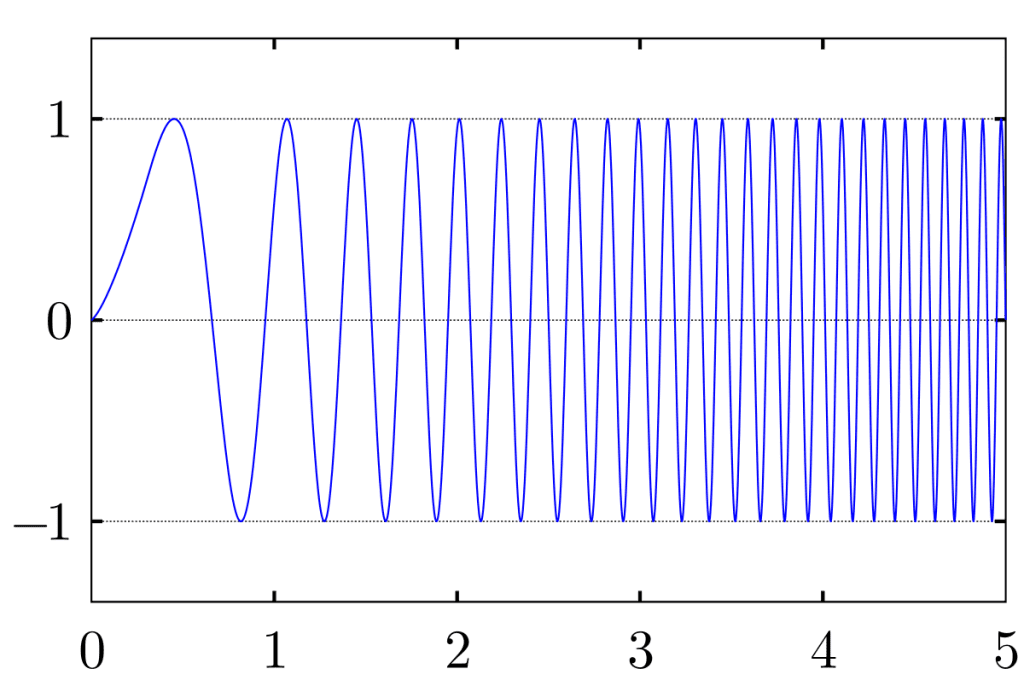
Even though you can manage all of them together on iotcreators.com, let’s take a look at their differences.
Different connectivity options cater to the various requirements and diverse use cases in the IoT industry.
IoT networks come with varying degrees of accessibility, energy efficiency, price, quality, and security.
We will focus on the two most popular LPWA networks for IoT applications.
Cellular IoT
LoRaWAN
Next to the well-known 2G, 3G, 4G and 5G cellular standards, the GSMA has introduced two additional LTE standards, NB-IoT and LTE-M. These are primarily designed for LPWA use cases.
NB-IoT is a licensed protocol from the standards organization 3GPP that is available only through established mobile network operators using licensed RF spectrum.

Features like eDRX and PSM improve the performance and efficiency of devices connected to the network. They allow devices to sleep for extended periods of time and minimize receiver activations.
Increases the depth of radio coverage at the cost of higher power consumption to allow IoT devices to operate in areas where they would not otherwise be able to.
Low data rates require less processing power from chipsets, allowing for more cost-effective components. A number of LTE features have been removed in order to further reduce cost and complexity.

LTE-M, also known as LTE Cat-M, is an LTE network extension. Because LTE-M runs on top of LTE base stations, network operators can implement it more easily as no dedicated hardware is required.
Great range
Power-saving features
More bandwidth than NB-IoT
Different technologies are required to meet the needs of the many and varied use cases in the IoT sector. For extremely or highly cost-sensitive applications with minimal performance requirements, NB-IoT is the best option (massive IoT). However, high-end applications requiring maximum performance, such as those requiring high data rates and extremely low latency, require regular LTE (critical IoT). LTE-M is a bridge between these two extremes. Even though it requires more bandwidth and data rates than NB-IoT, it has distinct advantages because it fulfills the promise of longer battery lifetimes and better indoor penetration. Most importantly, it is regarded as the primary 2G and 3G replacement technology.
Autonomous driving
Smart grid
Video surveilance
Low latency
Mobility
Indoor coverage
Voice/SMS
Data rate
Battery lifetime
Module cost saving
Health
Wearables
Security alarms
Low latency
Mobility
Indoor coverage
Voice/SMS
Data rate
Battery lifetime
Module cost saving
Asset Tracking
Smart City
Condition Monitoring
Low latency
Mobility
Indoor coverage
Voice/SMS
Data rate
Battery lifetime
Module cost saving
LoRaWAN is an open protocol that uses unlicensed spectrum to enable anyone to set up their own long-range networks at a low cost.

LoRa Alliance

Chirp spread spectrum
Frequency bands
Here you can find a more detailed comparison on a technical level between the different IoT networks
LTE
LTE-M
NB-IoT
LoRa
Sigfox
Spectrum
Licensed
Licensed
Licensed
Unlicensed
Unlicensed
Bandwidth
20 MHz
1.4 MHz
180 kHz
125 – 500 kHz
200 kHz
Bidirectional Data Transfer
Full duplex
Half duplex & full duplex
Licensed
Unlicensed
Unlicensed
Peak Data Rate
10 Mbps (DL) 5 Mbps (UL)
1 Mbps (DL) 1 Mbps (UL)
250 Kbps (DL) 230 Kbps (UL)
50 Kbps (DL) 50 Kbps (UL)
0.6 Kbps (DL) 0.1 Kbps (UL)
Typical Daily Throughput
Limited only by battery, radio signaling condition and commercial terms (e.g., monhtly data volume, amount of messages/size per period)
~ 200 B (DL)
~ 200 kB (UL)
~ 24 B (DL)
1.64 kB (UL)
Max. Coupling Loss (vs. GSM)
144 dB (0 dB)
156dB (+12 dB)
164 dB (+20 dB)
157 dB (+13 dB)
153 dB (+9 dB)
Module Cost
> $ 10
< $ 10
< $ 5
< $ 7
< $ 3
Battery Lifetime
3 – 5 years
5 – 10 years
10+ years
10+ years
10+ years
